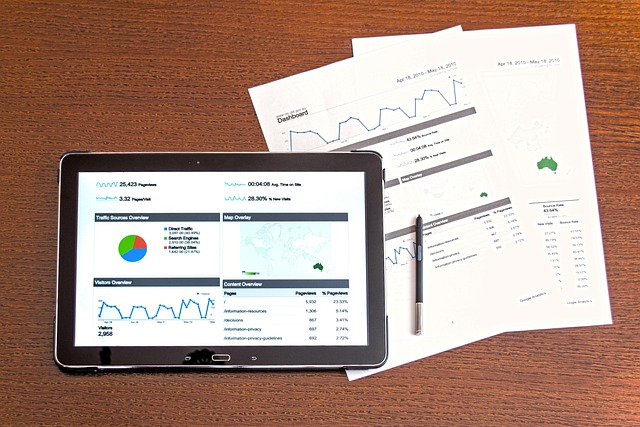
Bridging the Gap: Data Interoperability in IT Systems
In today’s fast-paced digital landscape, the term data interoperability has become a cornerstone of effective operational strategies within the realm of information technology. With businesses increasingly relying on diverse and complex IT systems, the ability to seamlessly share and utilize data across various platforms has never been more crucial.
Imagine a sprawling organization equipped with multiple software solutions for different departments—HR, finance, marketing, and customer service. Each of these departments generates a wealth of data, but if these systems cannot communicate effectively, the organization risks inconsistencies, redundancies, and operational inefficiencies. This is where data interoperability comes into play, acting as the vital link that ensures data flows harmoniously between diverse applications.
Data interoperability refers to the capacity of different IT systems and applications to exchange and utilize information in a coherent manner. It extends beyond mere data exchange; it embodies the idea that data should be understandable and usable across various technologies. Whether you’re dealing with cloud-based services, on-premise solutions, or hybrid systems, fostering data interoperability allows organizations to break down silos and leverage their data assets more strategically.
From an IT perspective, achieving data interoperability involves implementing standardized protocols, data formats, and APIs that facilitate seamless communication between systems. Well-designed APIs serve as bridges, enabling disparate systems to talk to each other. This modular approach not only enhances system integration but also fosters innovation, as organizations can experiment with emerging technologies without being constrained by their existing infrastructure.
Moreover, the benefits of data interoperability extend beyond technical efficiency. They touch on the human element as well. In an age where timely and accurate data is essential for informed decision-making, stakeholders—from executives to end-users—require access to relevant information, regardless of where it resides. By ensuring that data is interoperable, businesses empower their teams to make smarter, data-driven choices, ultimately enhancing agility and responsiveness to market dynamics.
Another significant aspect to consider is the role of data governance in promoting interoperability. Establishing clear data governance policies helps ensure that data is not only interoperable but also secure and compliant with industry regulations. This is particularly important in sectors such as healthcare and finance, where sensitive data must be handled with utmost care. Effective governance frameworks enhance trust in the data systems and support interoperability by providing guidelines on data standards and management practices.
Furthermore, as organizations increasingly embrace digital transformation, the push for data interoperability is becoming even more pronounced. Technologies like artificial intelligence, machine learning, and big data analytics rely heavily on data from various sources. Interoperability enables these systems to aggregate and analyze data effectively, paving the way for enhanced insights, predictive analytics, and ultimately, better business outcomes.
In conclusion, the journey toward achieving true data interoperability in IT systems is challenging yet rewarding. The convergence of technology, people, and processes is essential to realize its full potential. As we continue to explore the capabilities and nuances of data interoperability, organizations that prioritize it will undoubtedly gain a competitive edge in navigating the complexities of the information technology landscape.



